Submitted by WA Contents
Native Narrative designed this simple and child-friendly learning center in rural Philippines
Philippines Architecture News - Feb 07, 2019 - 06:16 29875 views
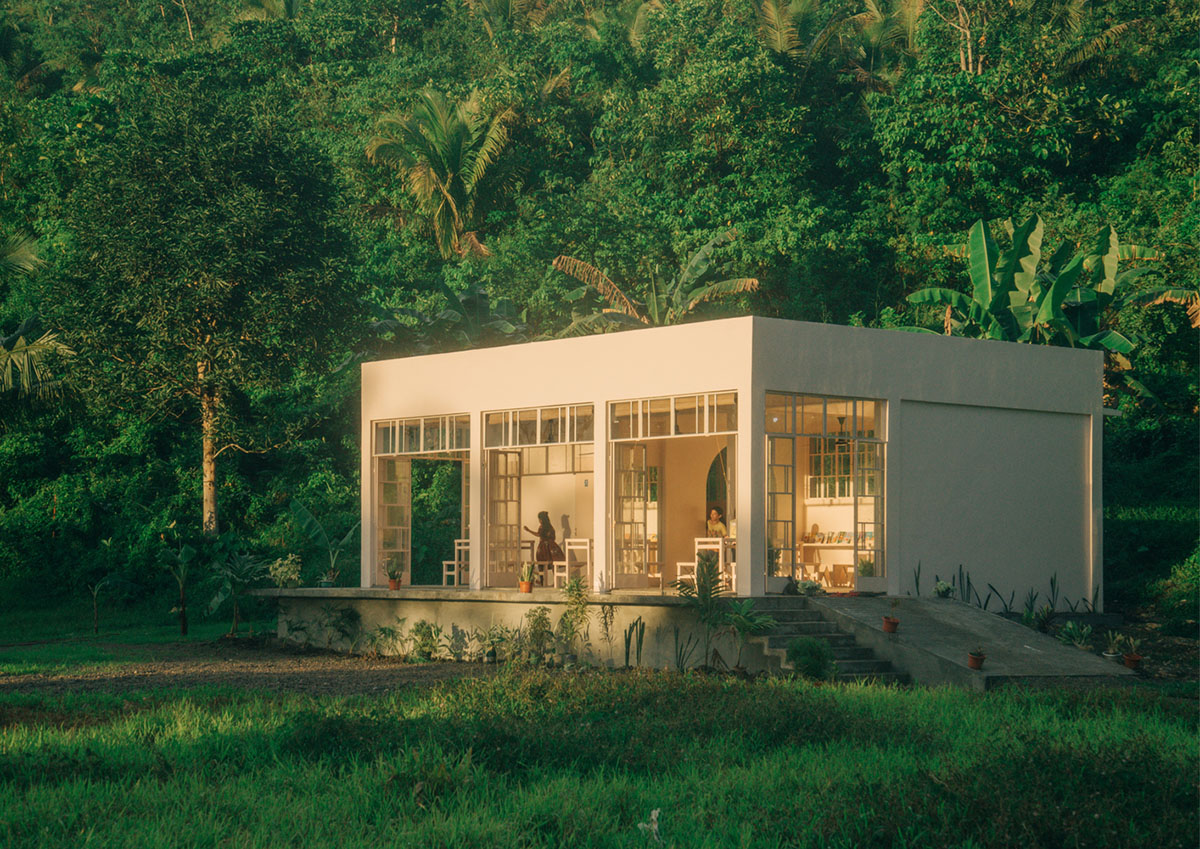
Denmark-based architecture studio Native Narrative has completed this poetic learning center within a lush vegetation of rural area of Philippines.
Located in Mas-in Village, Ormoc City, Island of Leyte, Philippines, the 63-square-metre space provides a new home for children who want to be educated in this rural area.
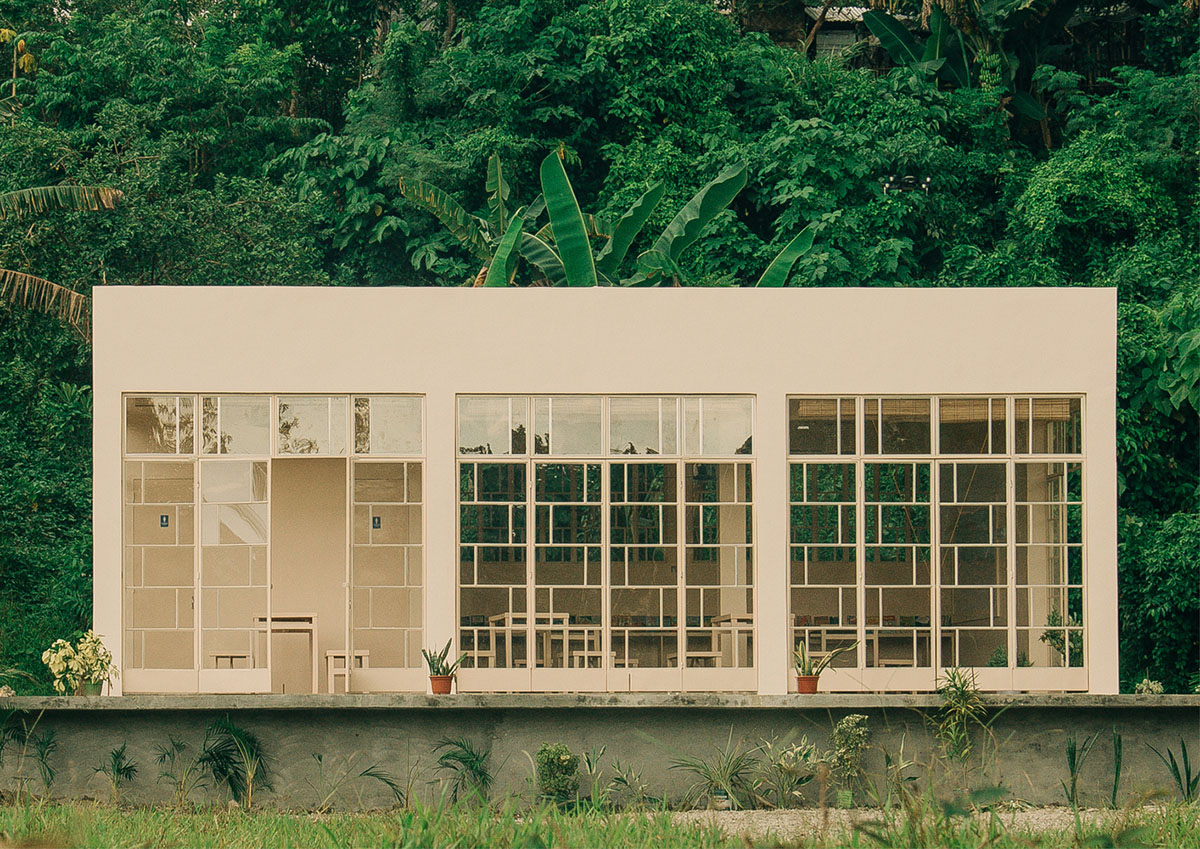
Commissioned by the local government and a local NGO in Ormoc City, the brief was simple for the architects: a library unit, a reading area, a study space, a performance practice area, two washrooms, an informal teaching environment and a performance stage within the 9 x 7m footprint, the standard size of a Filipino classroom.
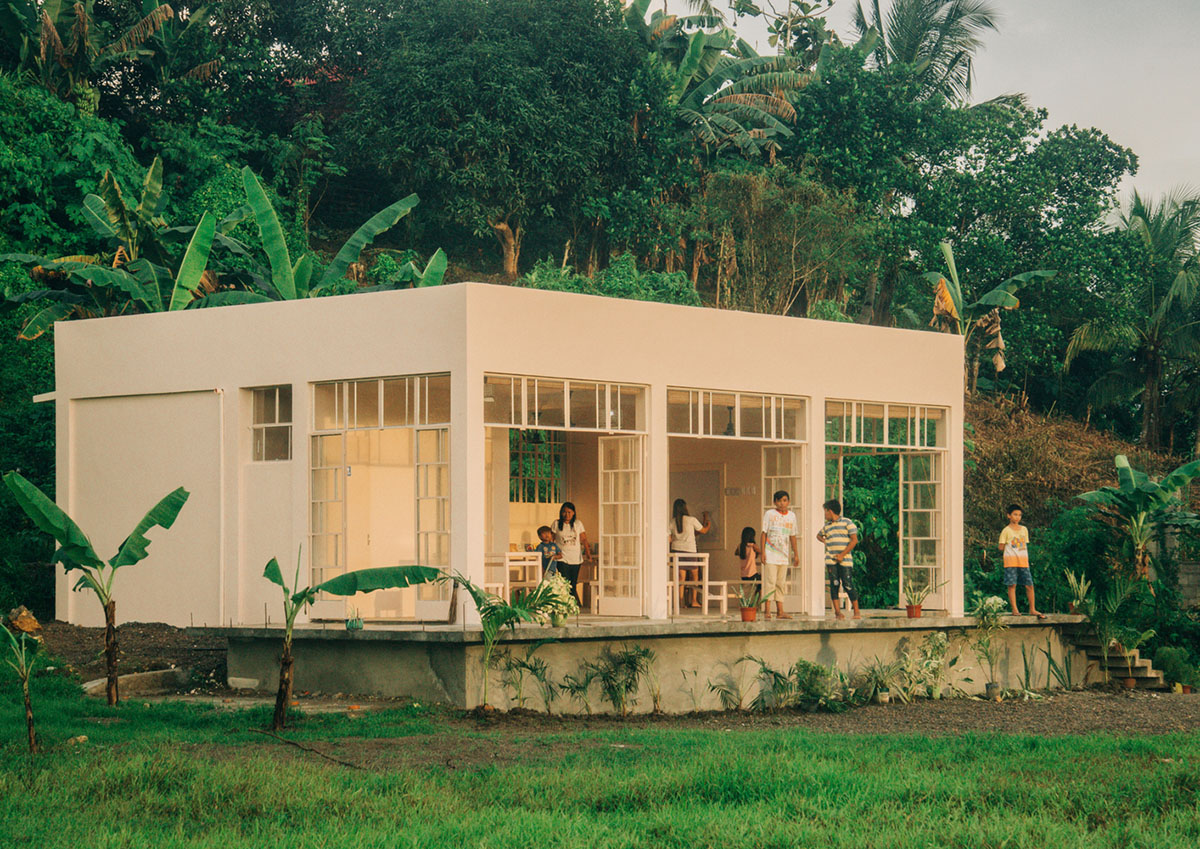
The space was designed as a informal learning environment that encourage children in the age of 4-17 to play and study after school, while at the same time providing a safe meeting spot for children during calamities.
Native Narrative had experiences on designing spaces for after-school facilities. After running architectural practice for nearly 2 years in rural Philippines, Native Narrative have designed built this learning center as one of four after-school facilities that have been constructed in 2018.
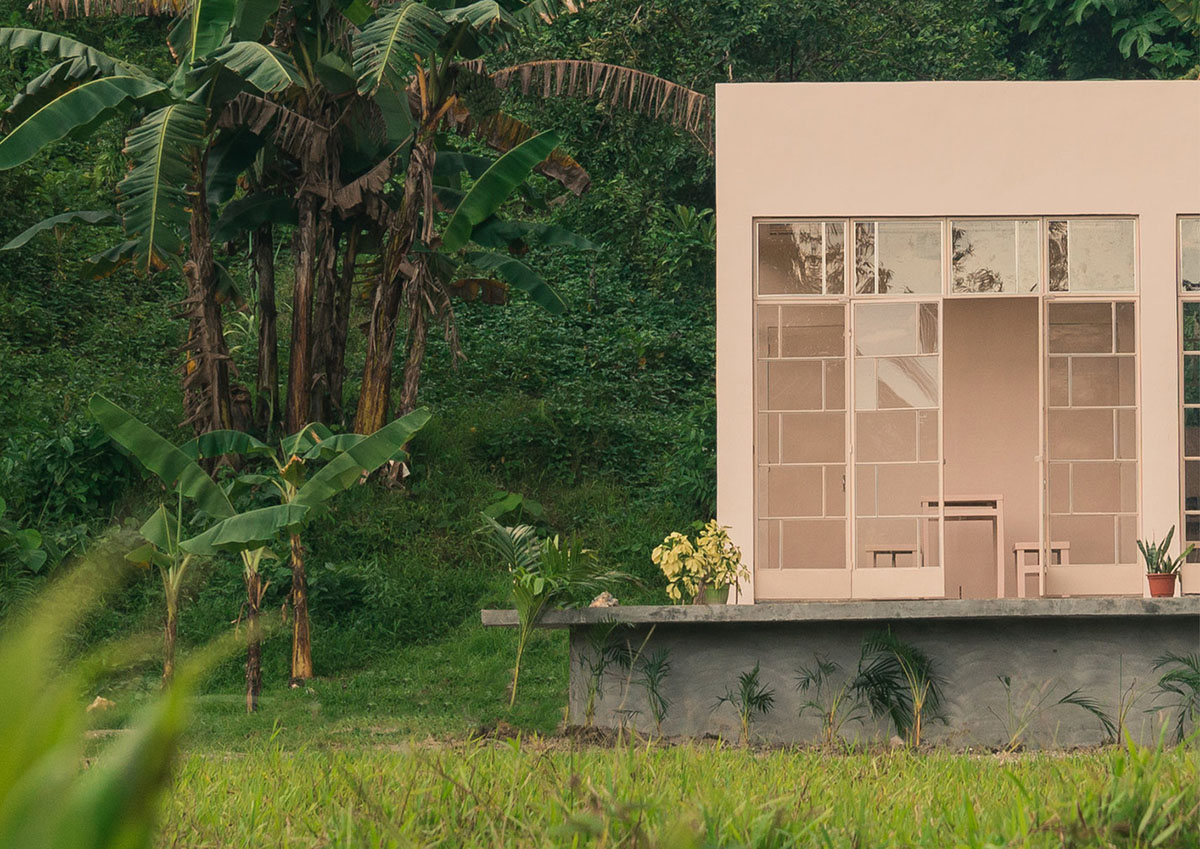
The building is located in the Pacific Ring of Fire area which makes the Philippines highly vulnerable region known with typhoons, earthquakes, floods and tsunamis. "Latest was the 110 villages that Ormoc consist of hit by Typhoon Haiyan in 2013 where over 6000 people died," said the architects.
"The project collaboration is a response to the newly approved Children’s Emergency Relief Protection Act in the Phillipines, that increases the accountability of local and national agencies to prioritise the protection and development of children by establishing child-friendly spaces," added the architects.
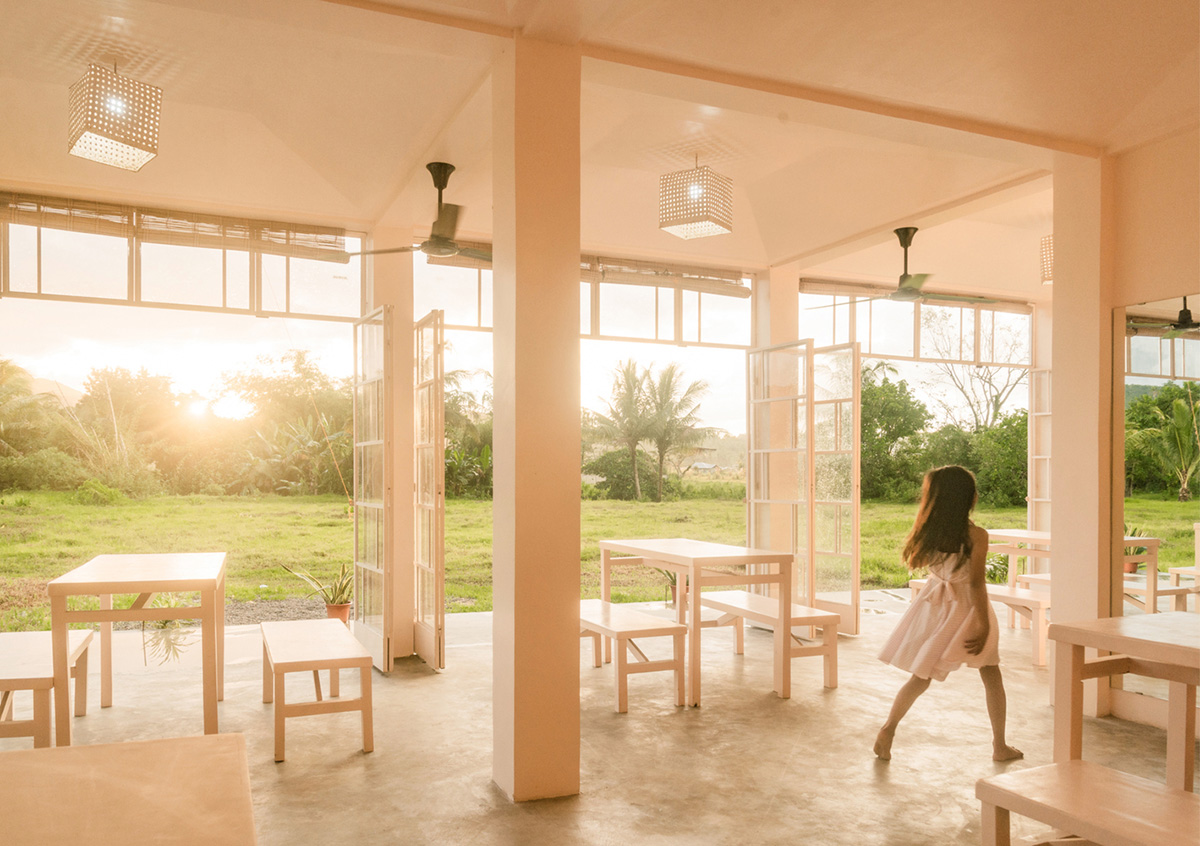
For the building, the architects kept the column system as simple and symmetric as possible in order to enhance a typhoon and earthquake resilient structure, while the structure itself is made of reinforced concrete with hollow block walls.
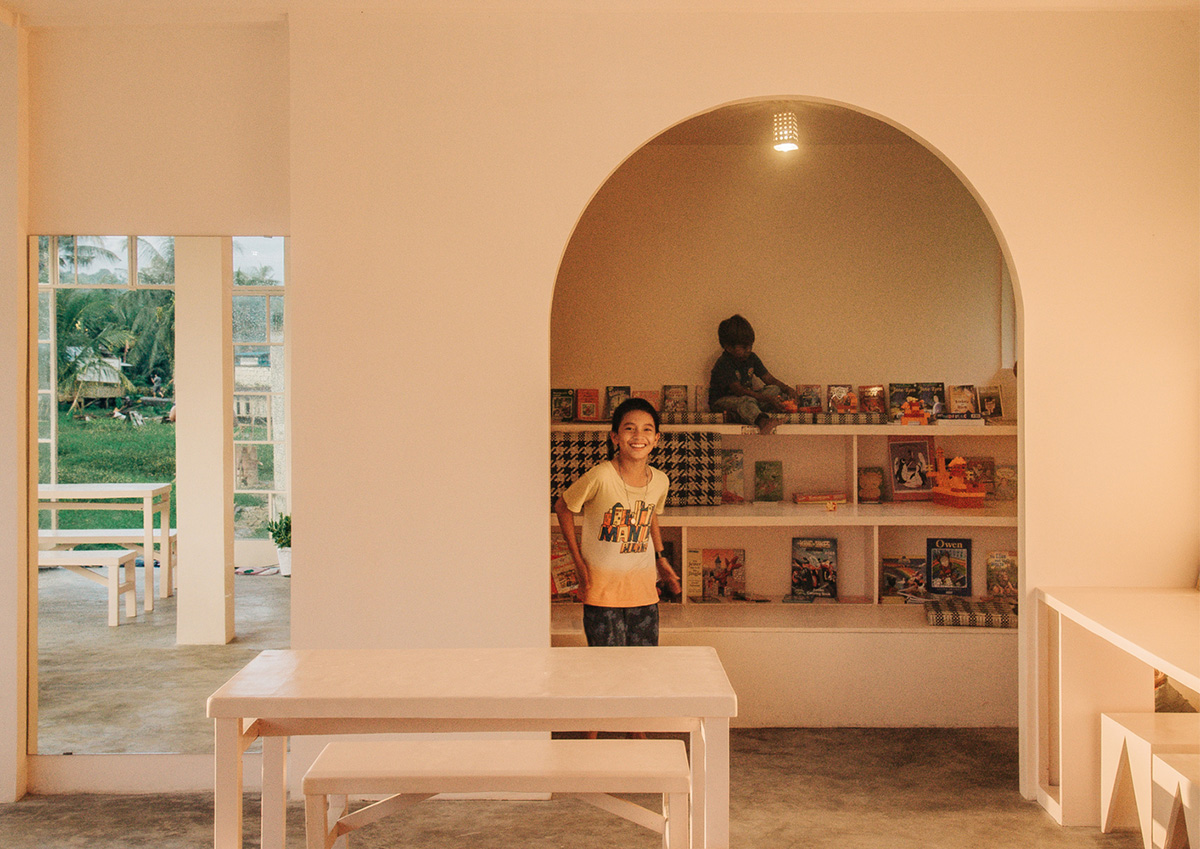
The building is lifted from the ground to prevent the building from flooding allows at the same time for a dedicated performance stage area that gives the children an opportunity show various performances during local fiestas and celebrations. This is conceived as an essential part of the Filipino community culture.
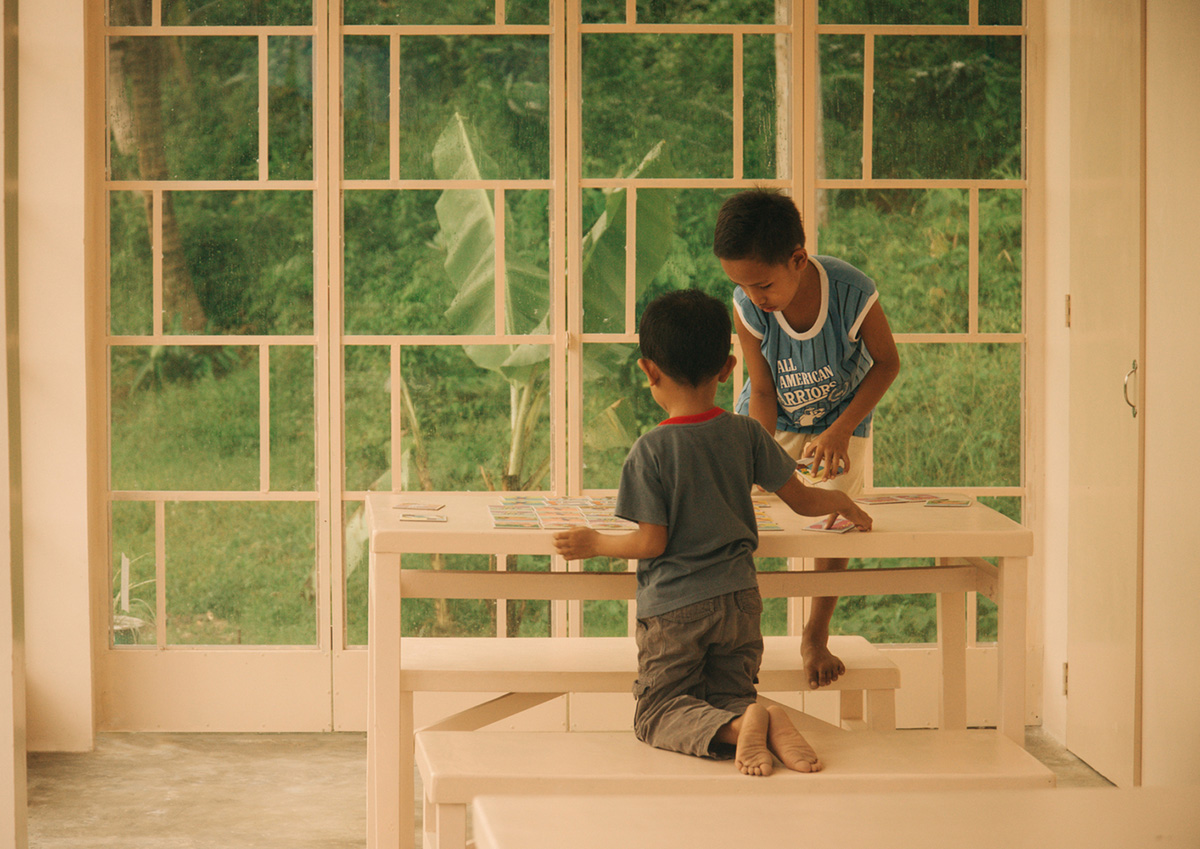
"Everything that can be seen in the building are elements of things that we have seen in the locality, we didn’t want to introduce anything that was completely foreign. It have been important to us to create something that felt like it belonged to the local community," explained Jakob Gate, architect at Native Narrative.
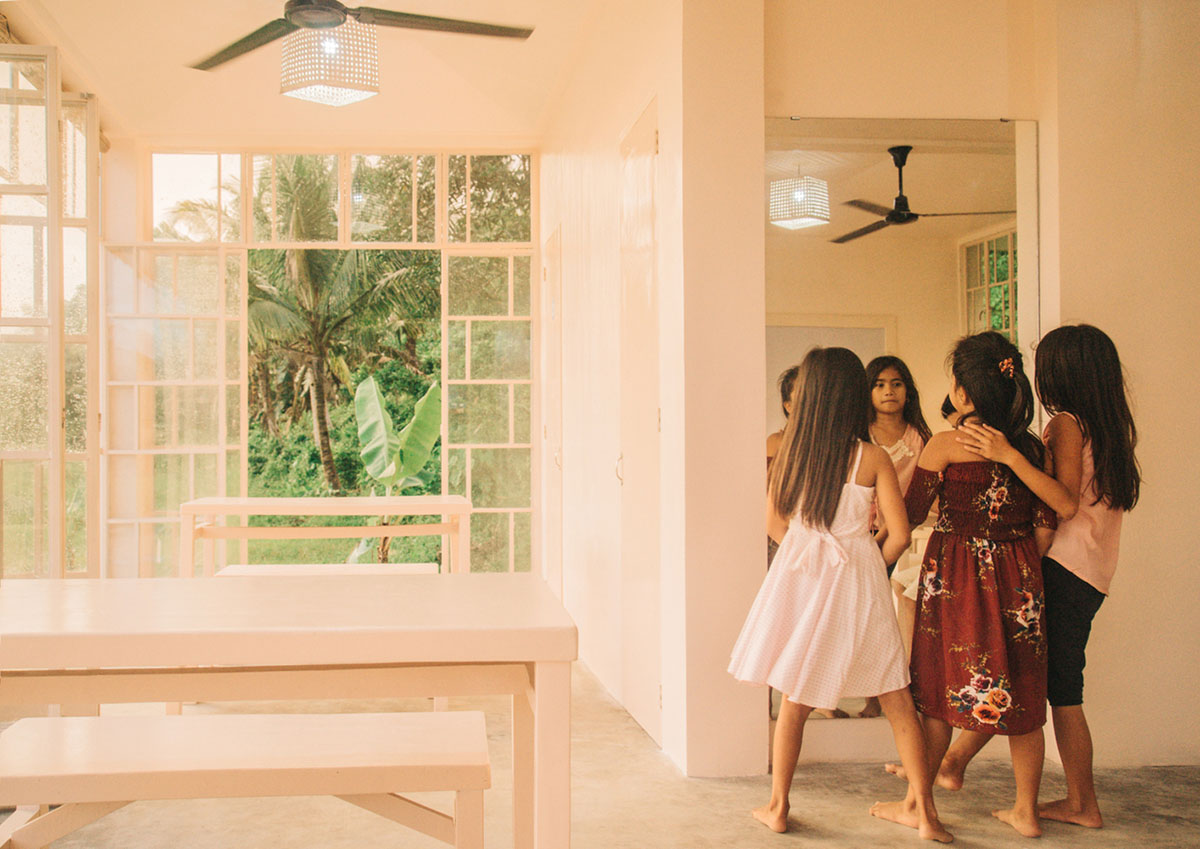
The building seems as a collection of borrowed components from the predominant architectural language in the locality, although it does not resemble any one particular building.
Therefore the building presents a minimal aesthetic in sharp contrast to the warn and rugged context. The colour palette is reduced to a backdrop where color variation mainly is created by children and the rich tropical context.
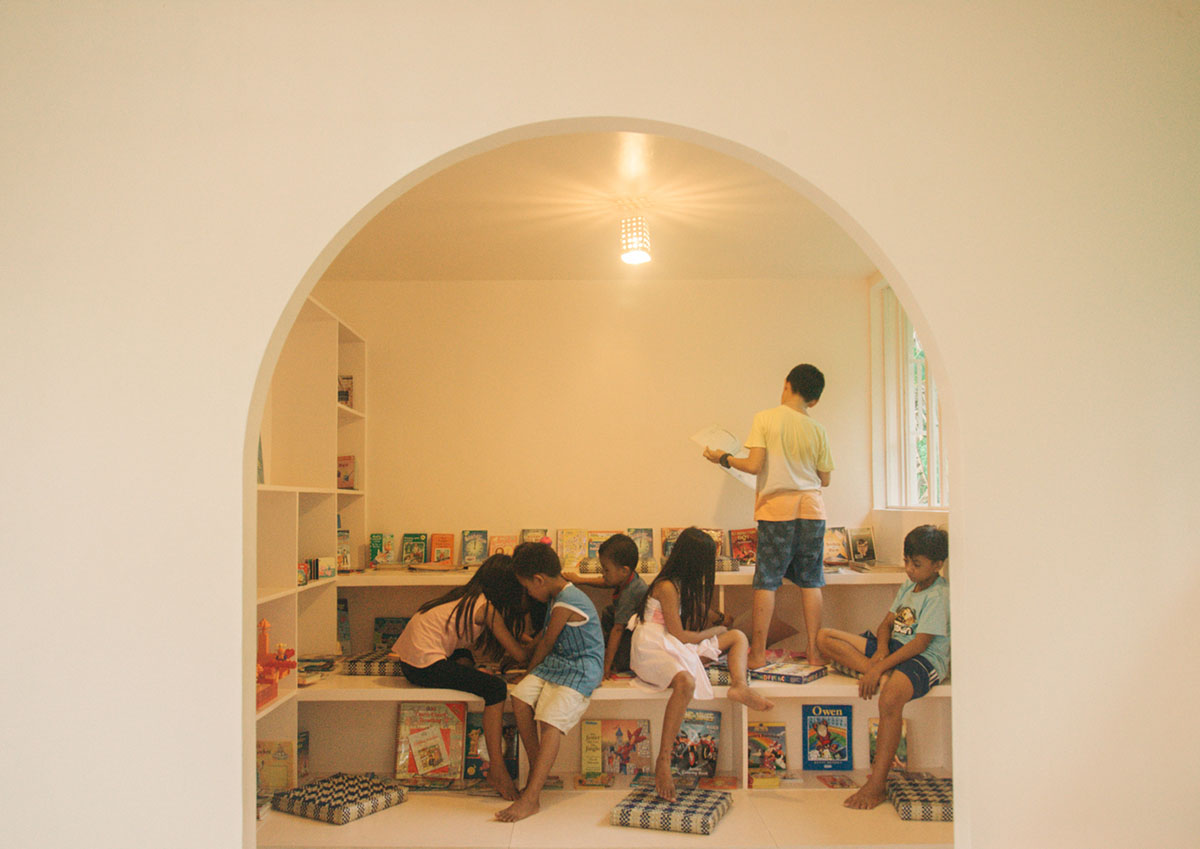
In the interior, all furnitures and fixtures are made of plywood by local carpenters while the bespoke woven seat covers are made of pandan, a grass that is grown, dried, dyed and woven by a local collective of weavers.
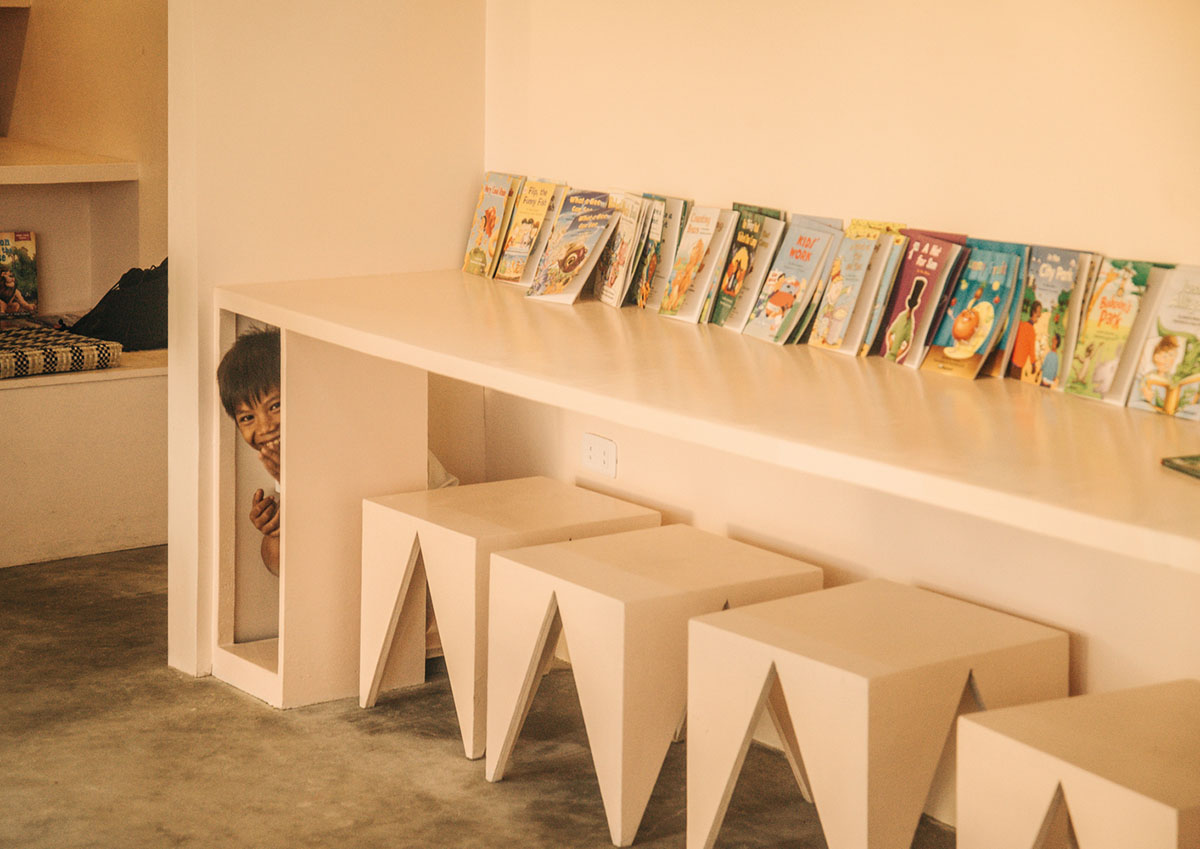
Native Narrative wished not only to celebrate native produce but also to raise the status of native woven products in an area where imported foreign products is often preferred over locally produced crafts.
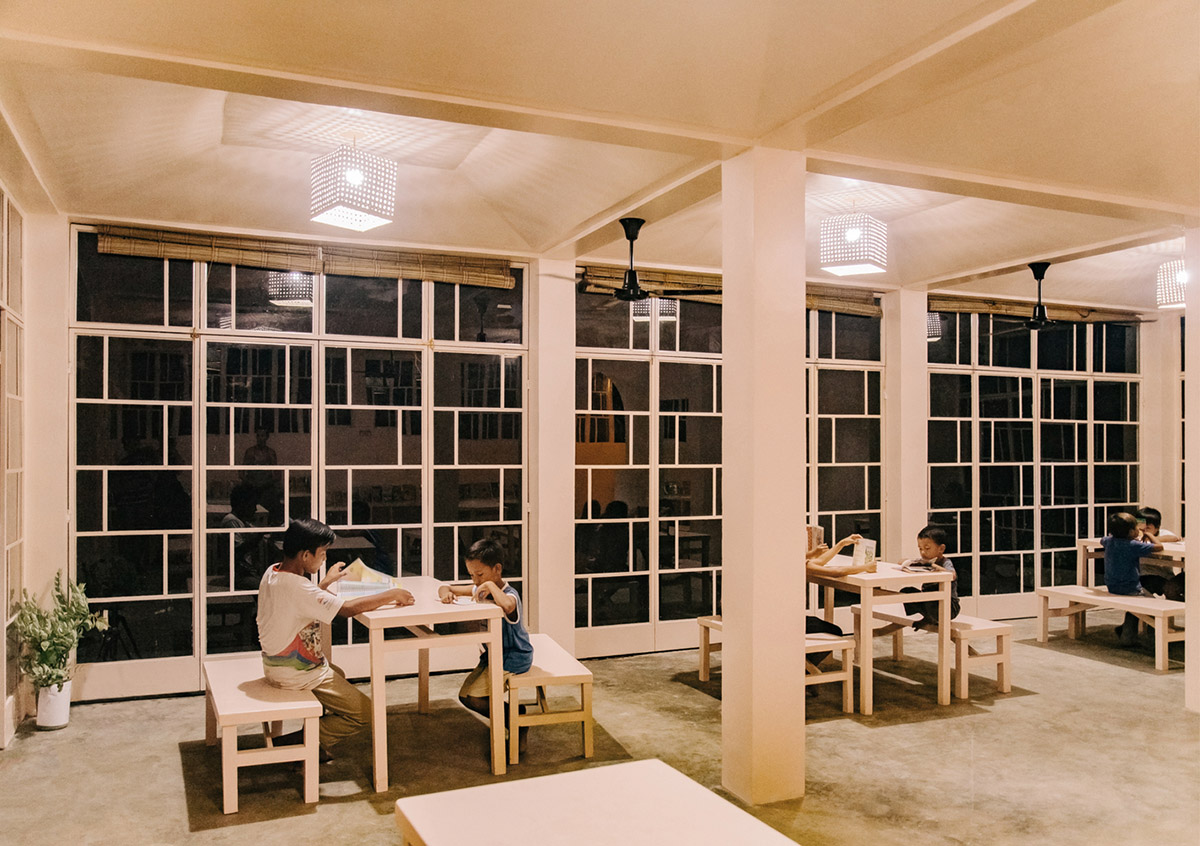
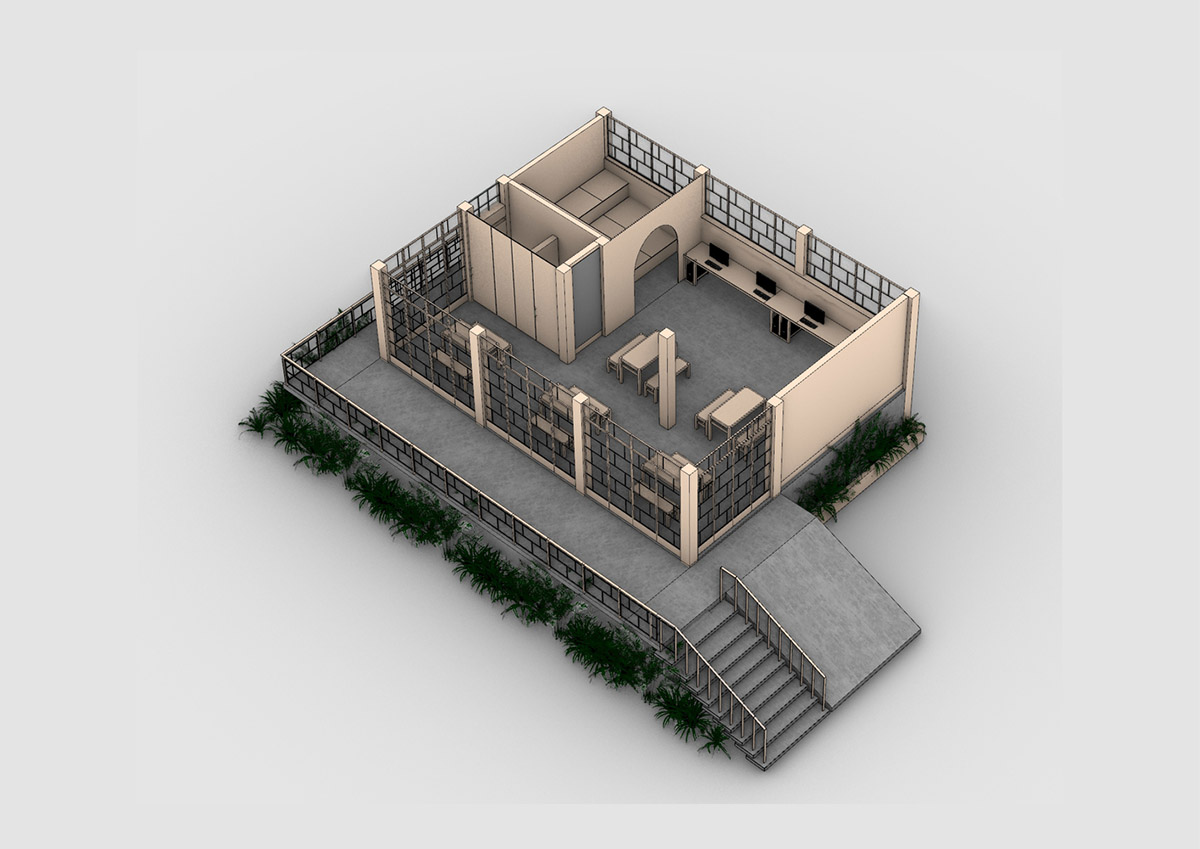
Axonometric drawing
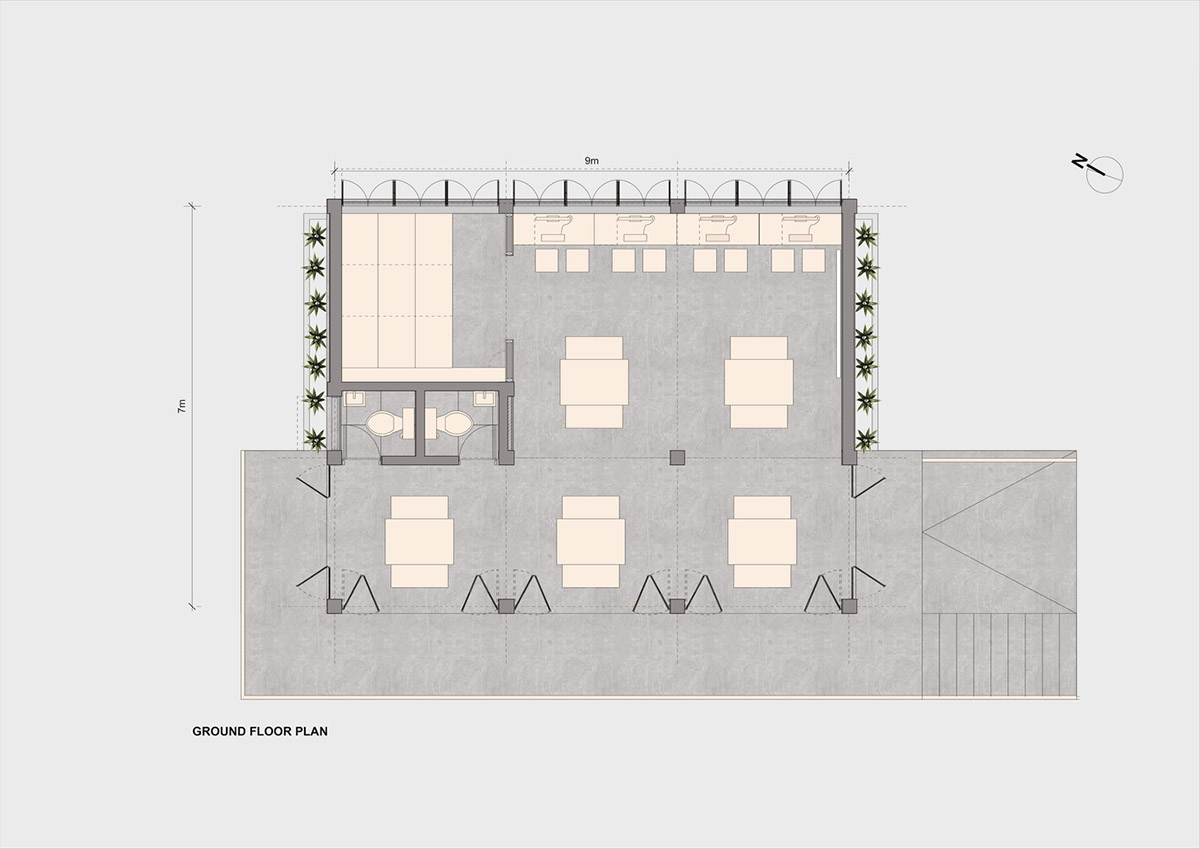 Ground floor plan
Ground floor plan
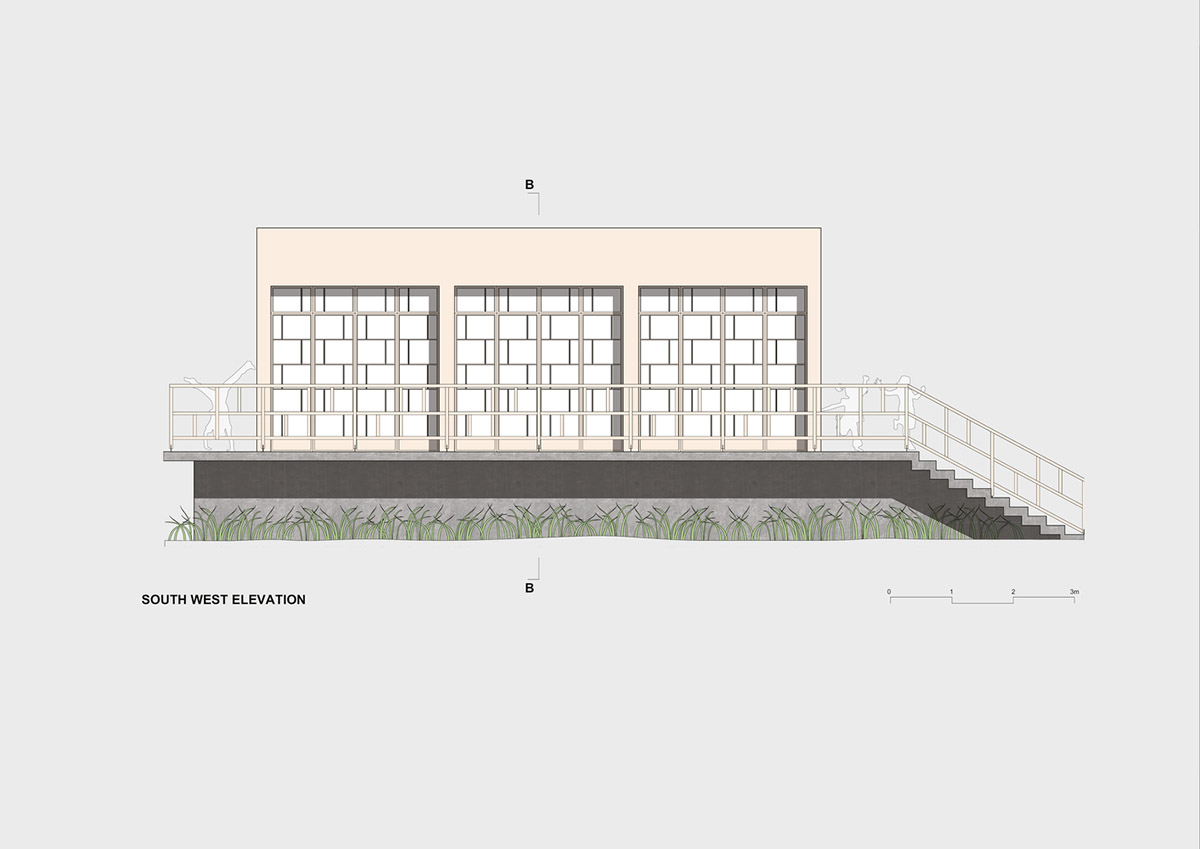
South west elevation
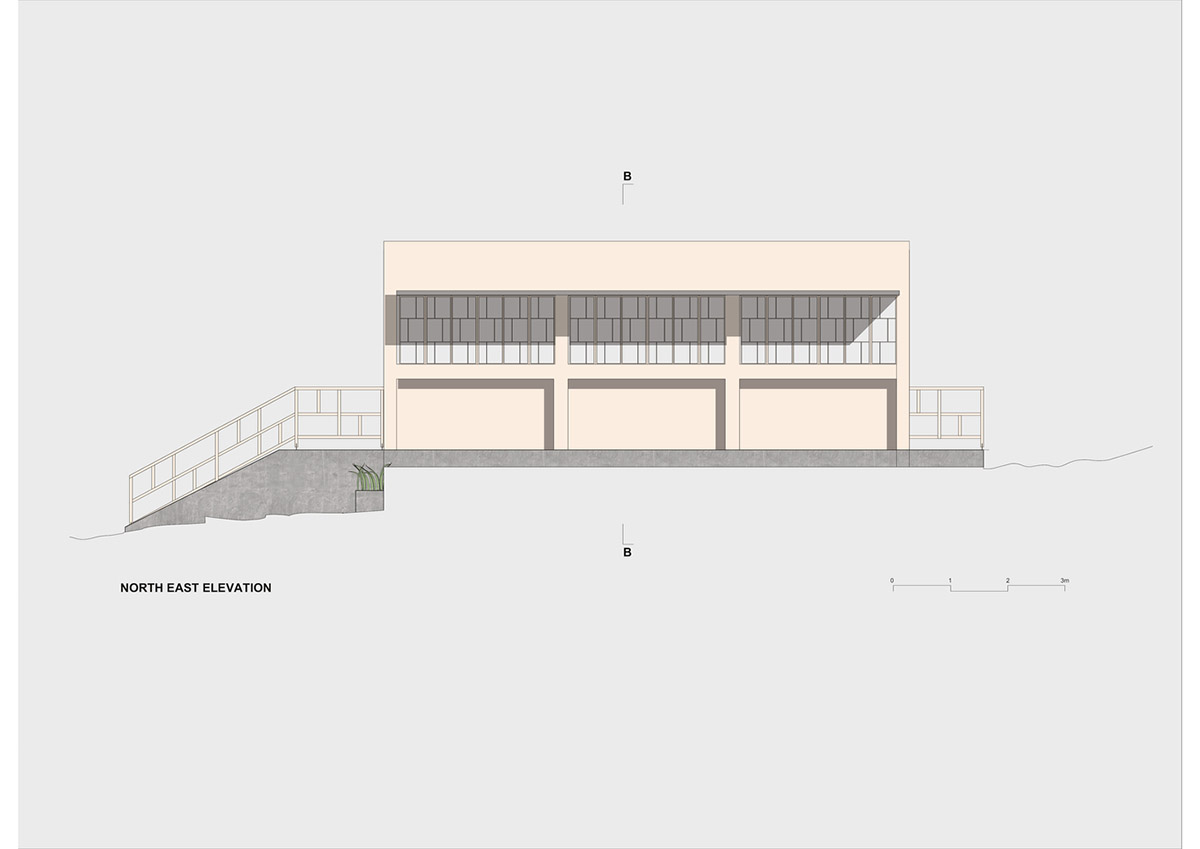
North east elevation
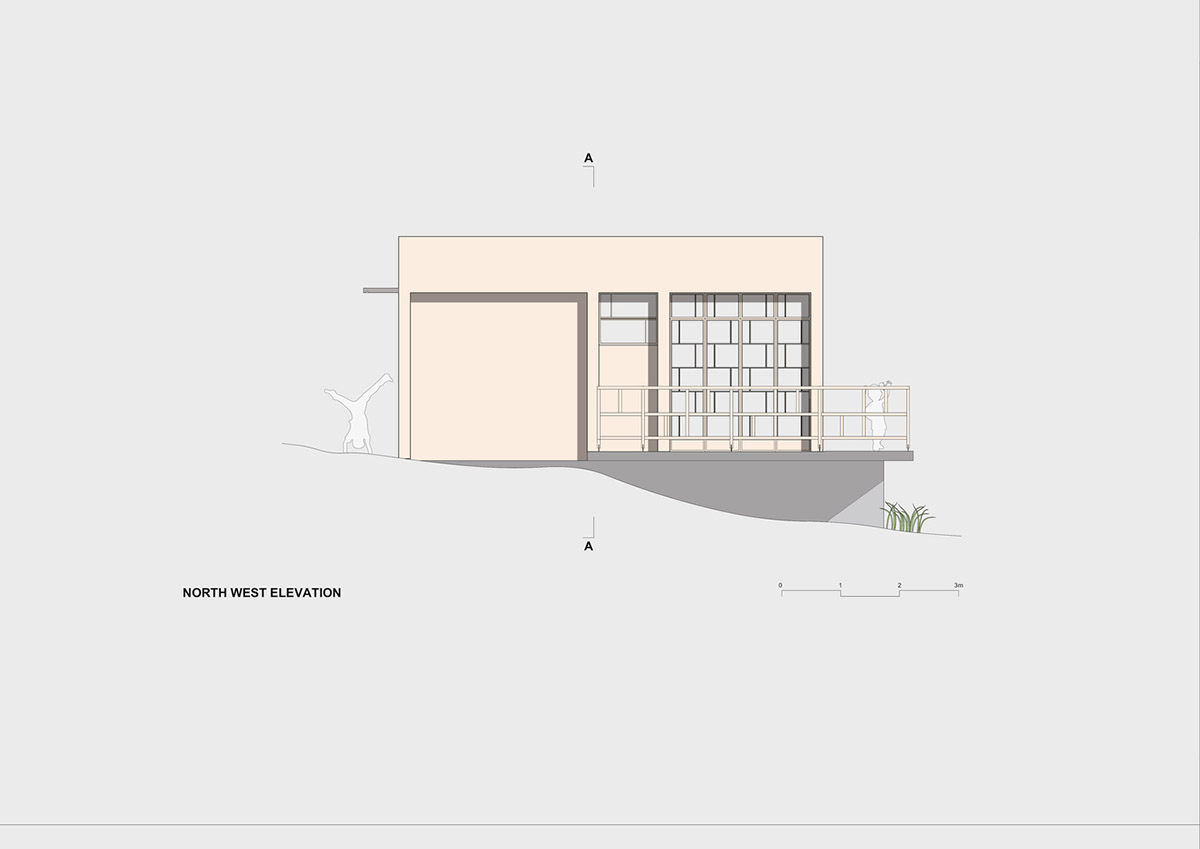
North west elevation
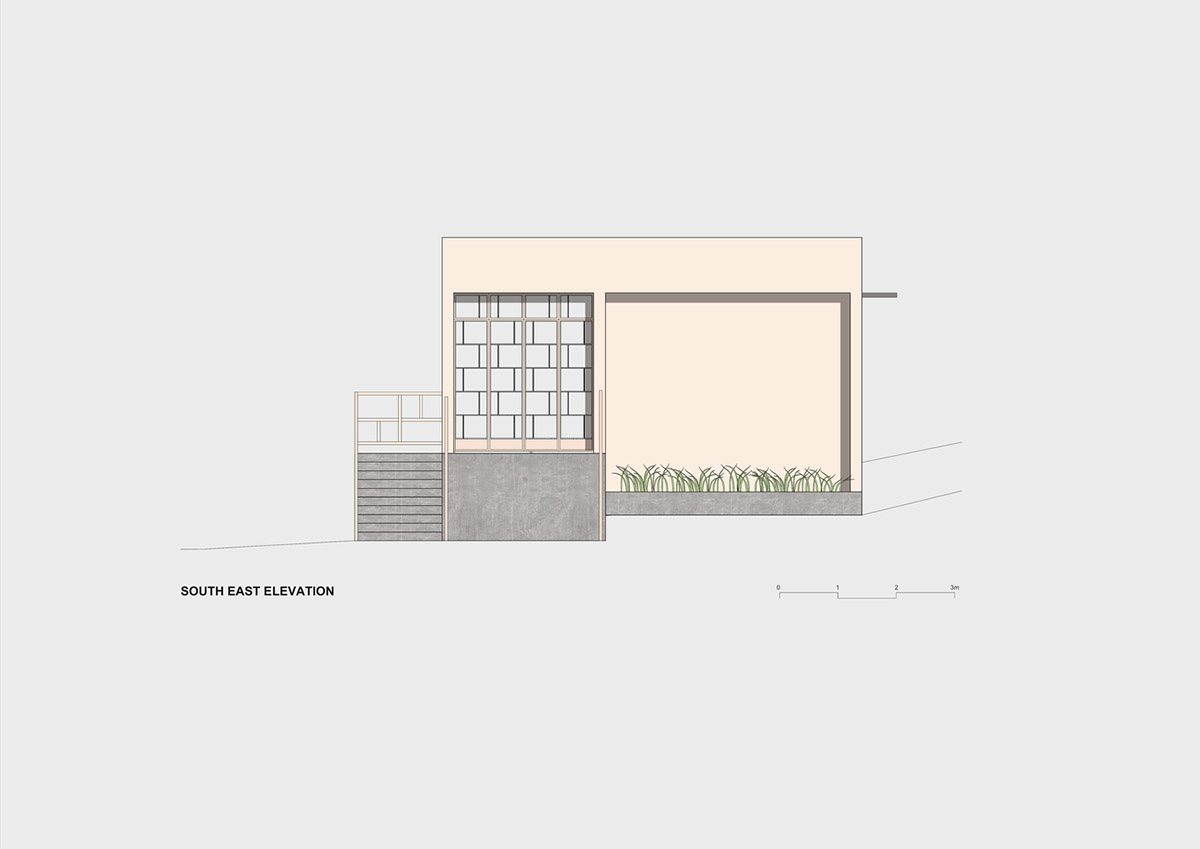
South east elevation
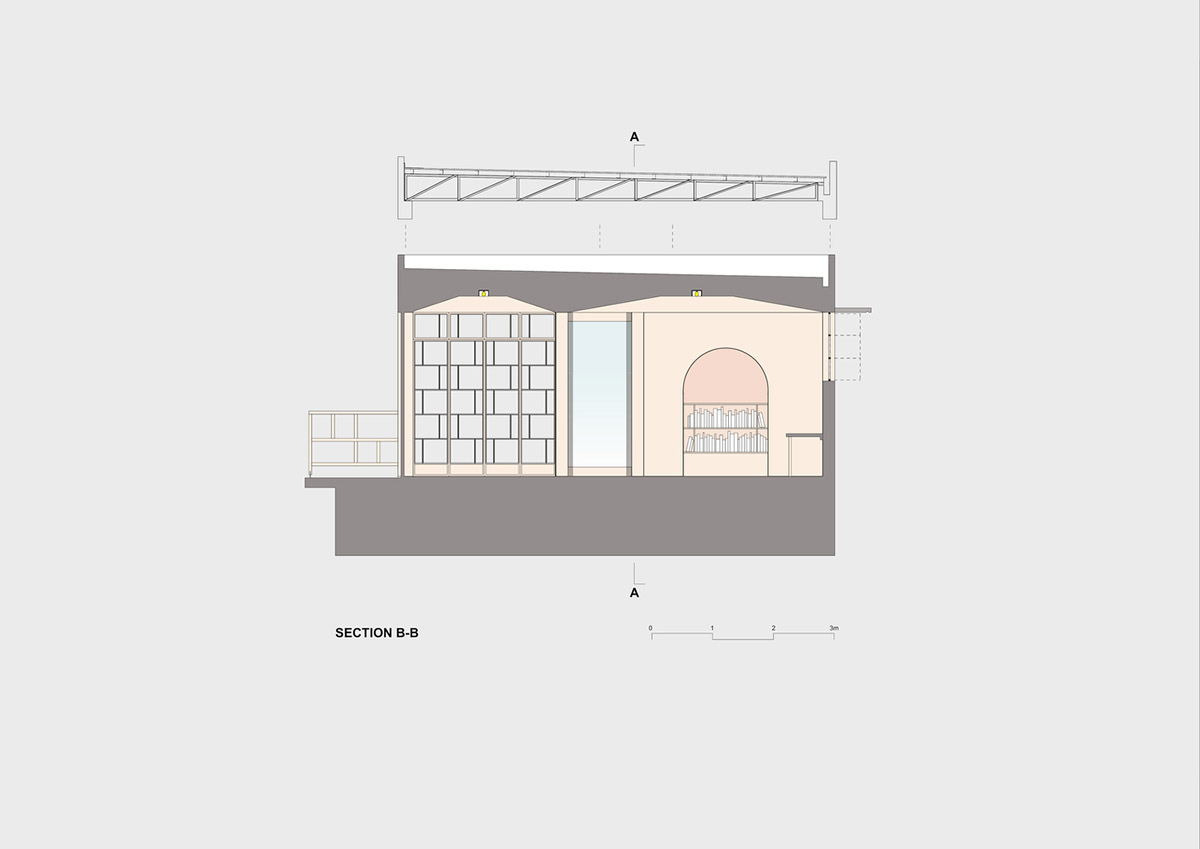
Section A-A
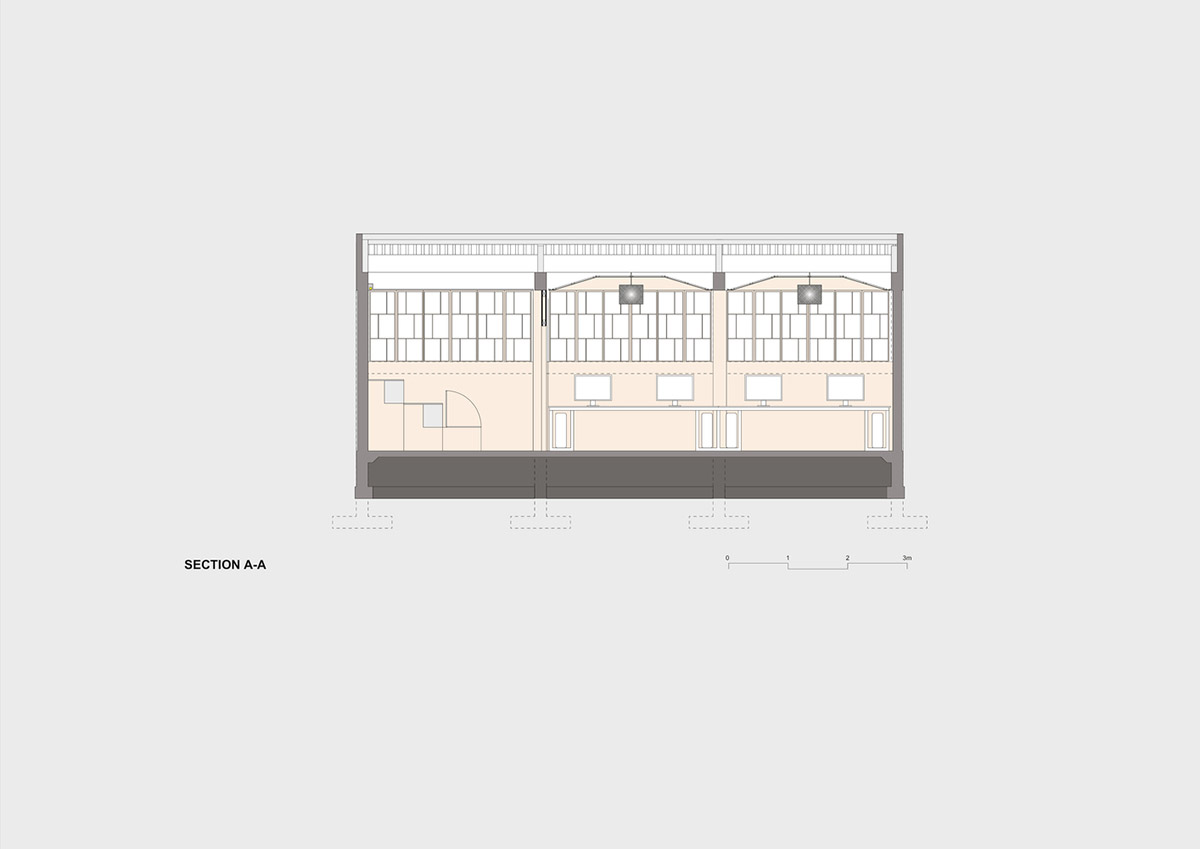
Section B-B
All images © Jakob Gate
> via Native Narrative
